
Salamanca is a charming Spanish city situated on four hills. It is called the golden city because of the sandstone that gleams in the sun, from which most of the local monuments are built. Salamanca’s monuments were appreciated and included on the UNESCO World Cultural Heritage List, and in 2002 Salamanca became the European Capital of Culture. The city is famous for one of the oldest universities in Europe and Spanish language schools for tourists.
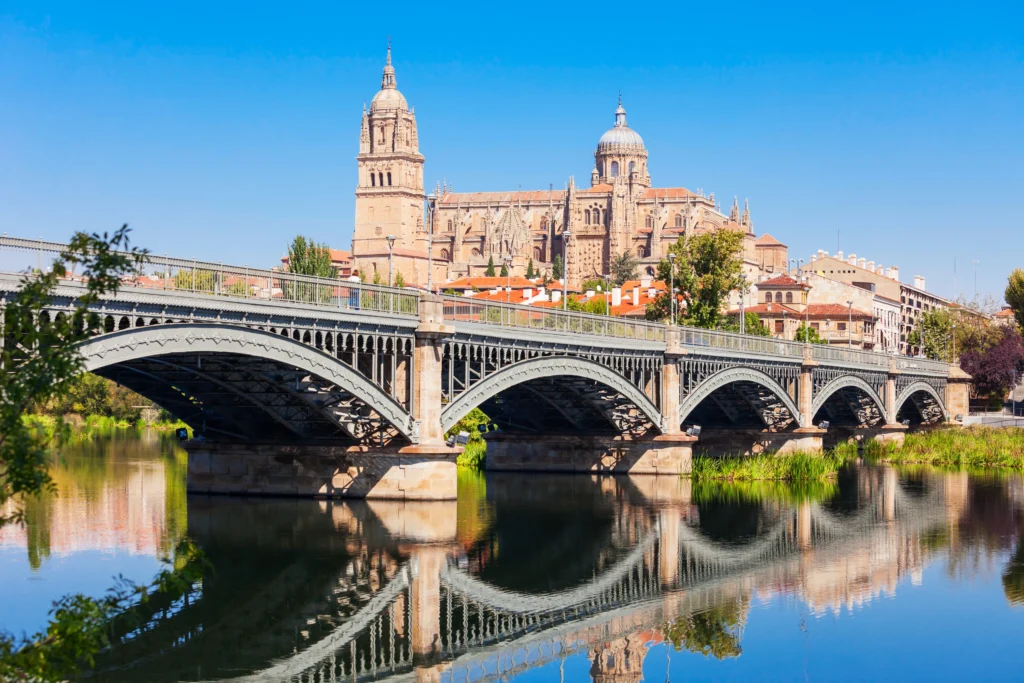
Salamanca is a city in western Spain, on the Tormes River. Capital of the province of Salamanca in the Castile and León region.
Sightseeing
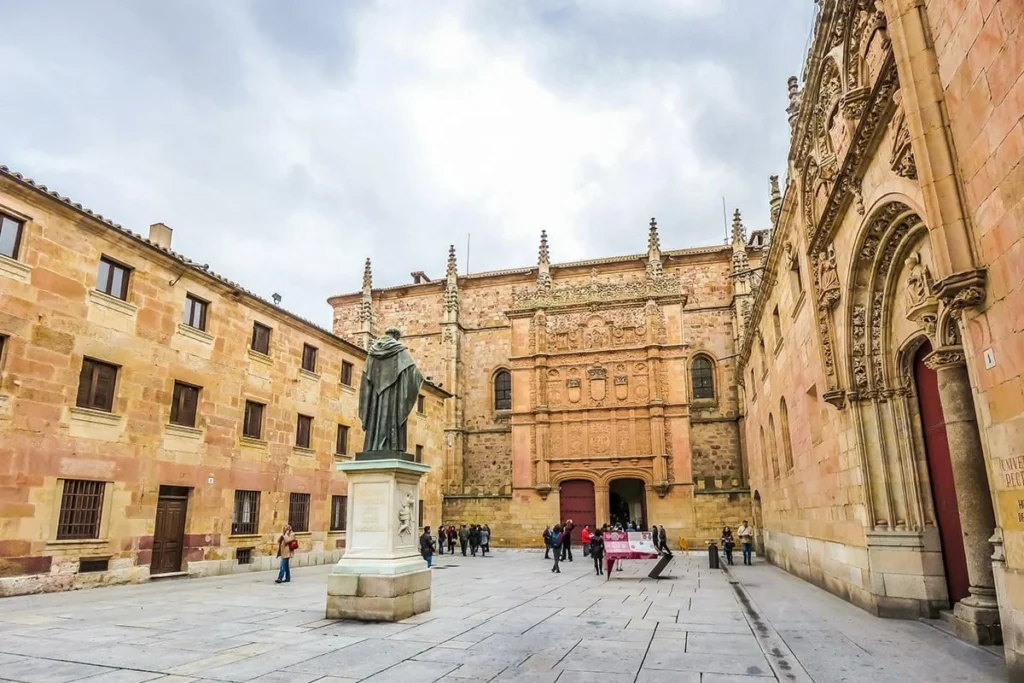
Universidad de Salamanca
University of Salamanca (Spanish: Universidad de Salamanca) – a public university founded by King Alfonso IX in 1218, which is the oldest existing university in Spain. It is the first Spanish university to offer language courses to foreign students. International students have the opportunity to study many subjects and programs. Data shows that foreign students constitute approximately 25% of all students coming from over 70 countries. For foreign students, the opportunity to study here is prestigious.
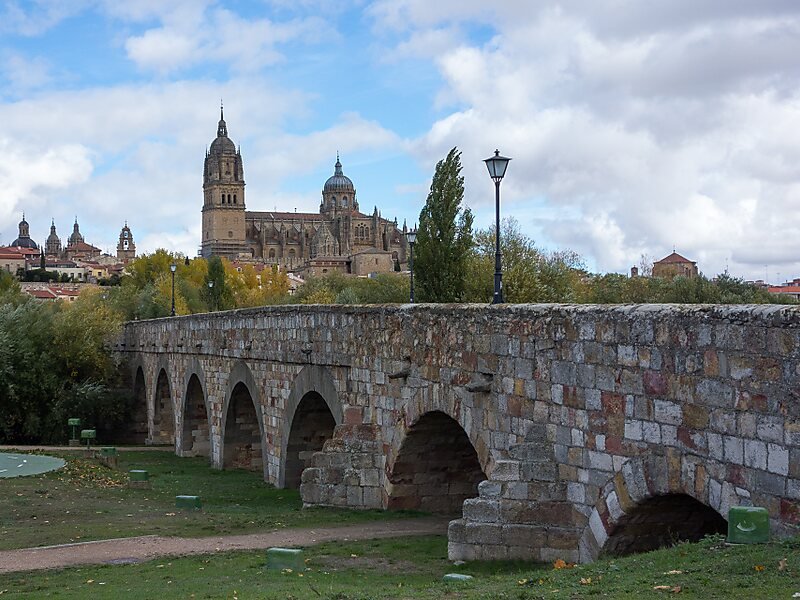
Roman bridge of Salamanca
Puente Romano, or the Roman Bridge in Salamanca, is an original structure from ancient times. The bridge stands over the Tormes River and is one of the most important monuments in this city. Built by the Romans in the 1st century AD, Puente Romano was part of the important Via de la Plata communication route connecting the north and south of the Iberian Peninsula.
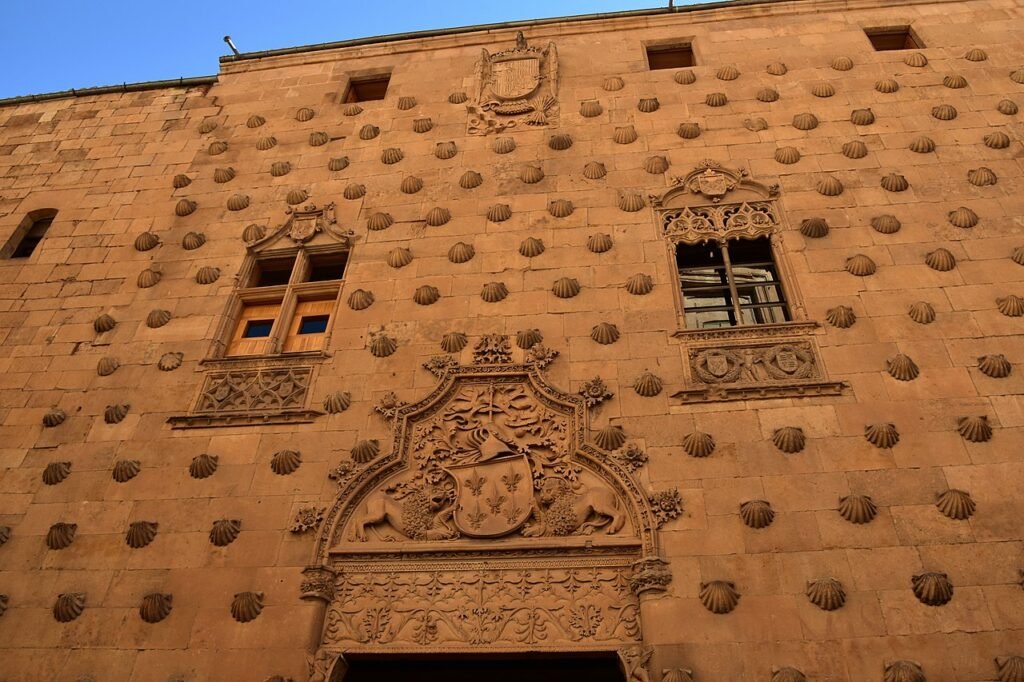
House of Shells
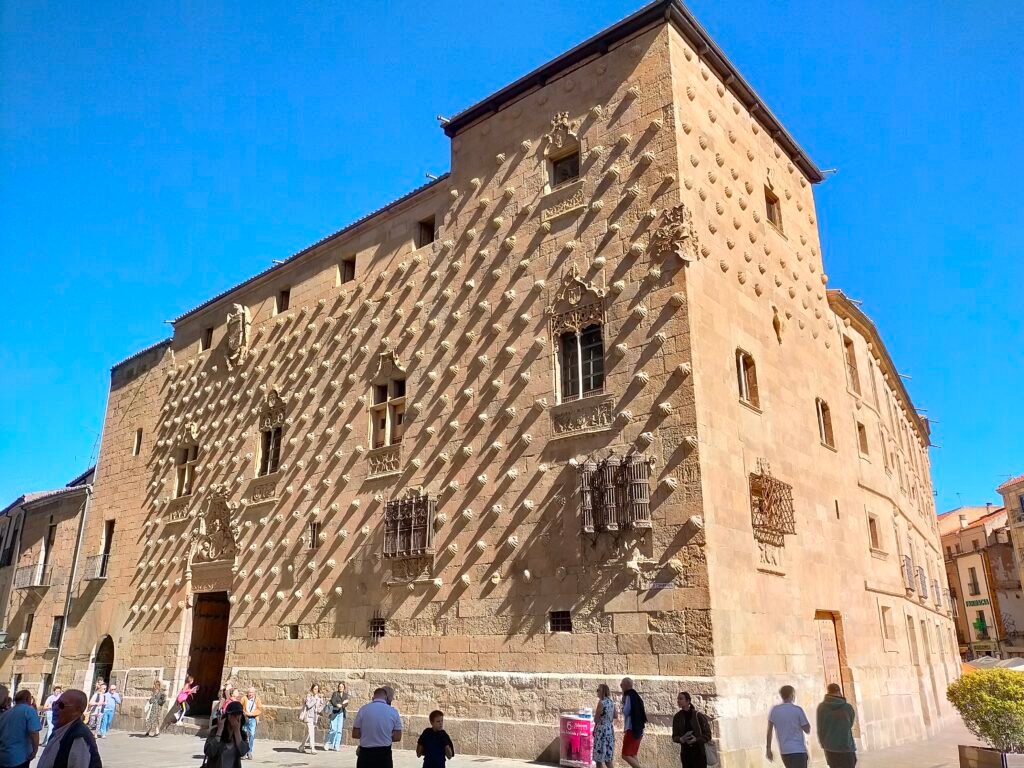
House of Shells
In front of the Pontificio University of Salamanca there is an ancient palace (House of Shells) which now houses a public library. There are over 300 stone shells on its walls. According to tradition, the noble family to which it belonged hid a treasure under one of these shells. They revealed what was hidden, but not quite where. There are so many shells to look under!
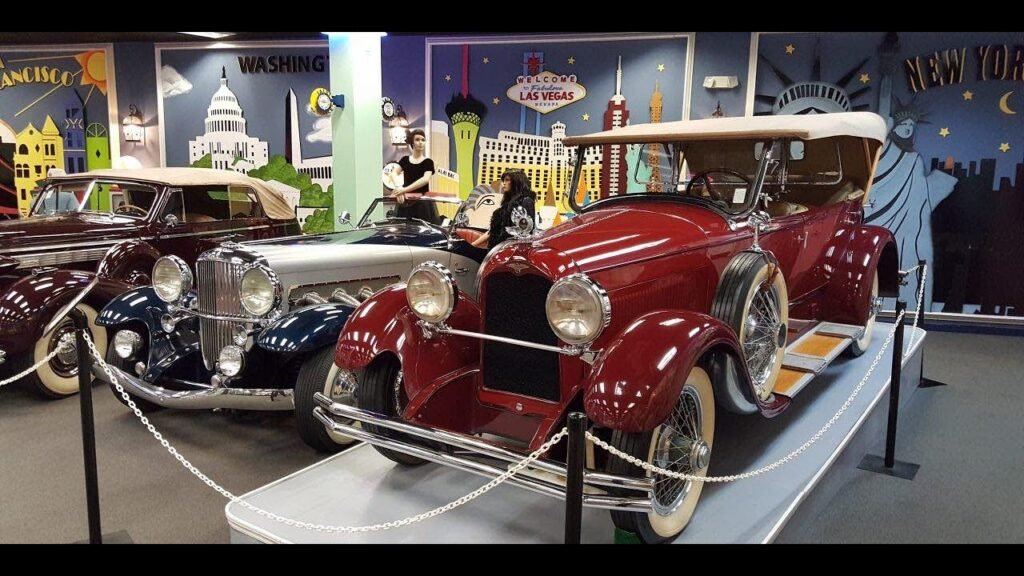
Museum of Automotive History
Museum of Automotive History – this may be the best and most important car museum in Spain. This museum is responsible for preserving and publishing the country’s automotive heritage. We will find 80 cars that you must see and learn about their history.
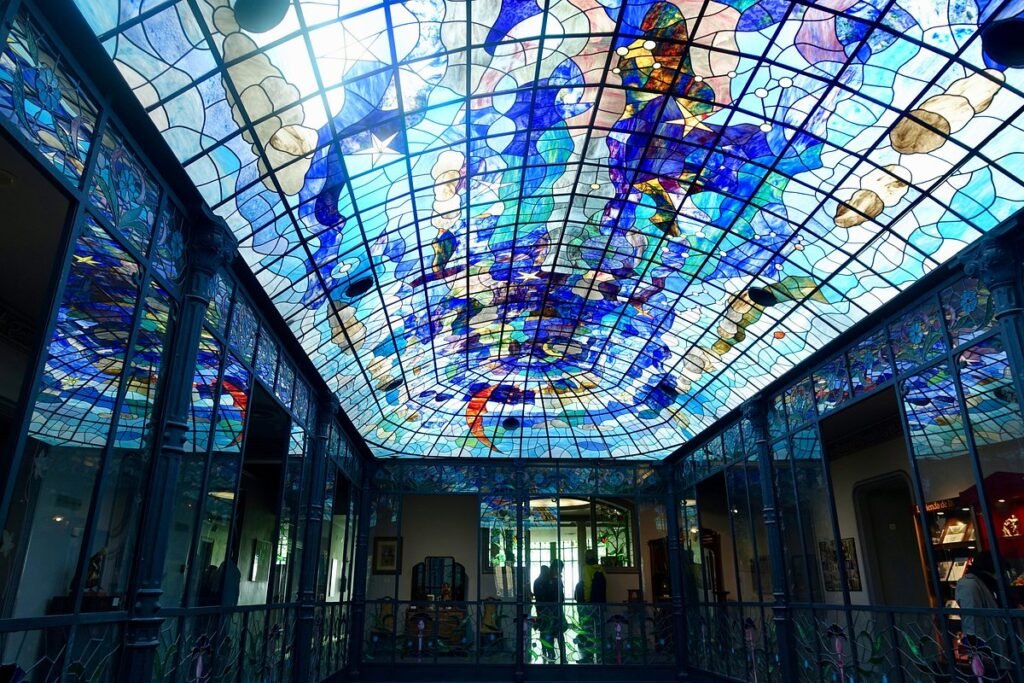
Museo Art Nouveau y Art Déco – Casa Lis
Museum (g and Art Déco) located within the ancient city walls is characterized by decorative art, with exhibits from the last decades of the 19th century to World War II.
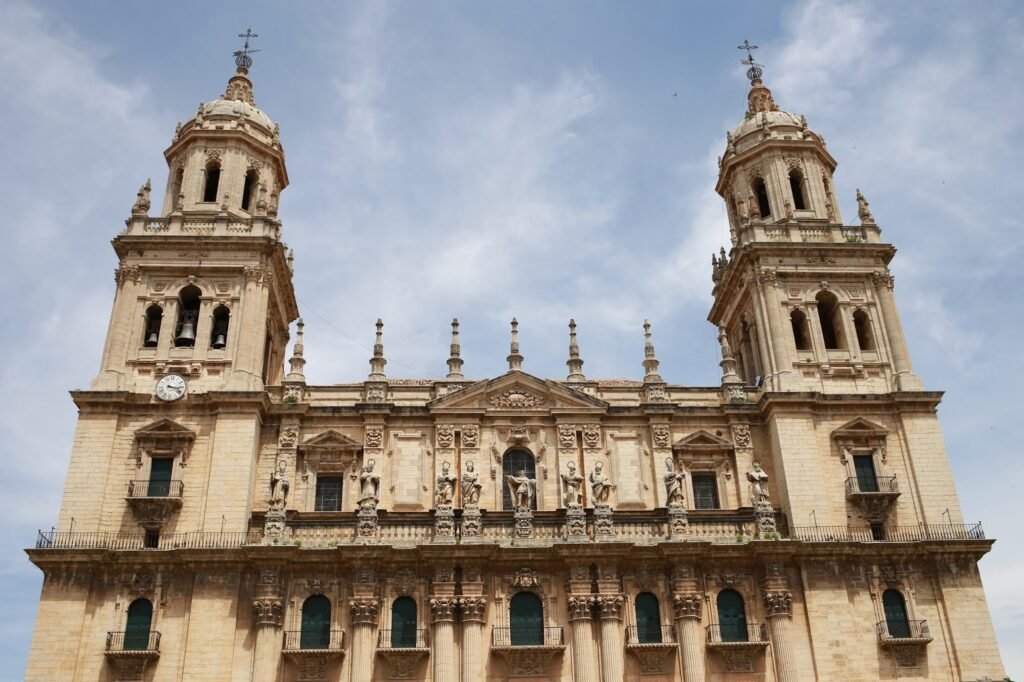
Catedral de la Asunción de la Virgen
Catedral Nueva de Salamanca or New Cathedral of Salamanca, dedicated to the Assumption of the Blessed Virgin Mary, is together with the Old Cathedral or Catedral Vieja, one of the two cathedrals of the city of Salamanca It was built between the 16th and 18th centuries in two styles: late Gothic and baroque.
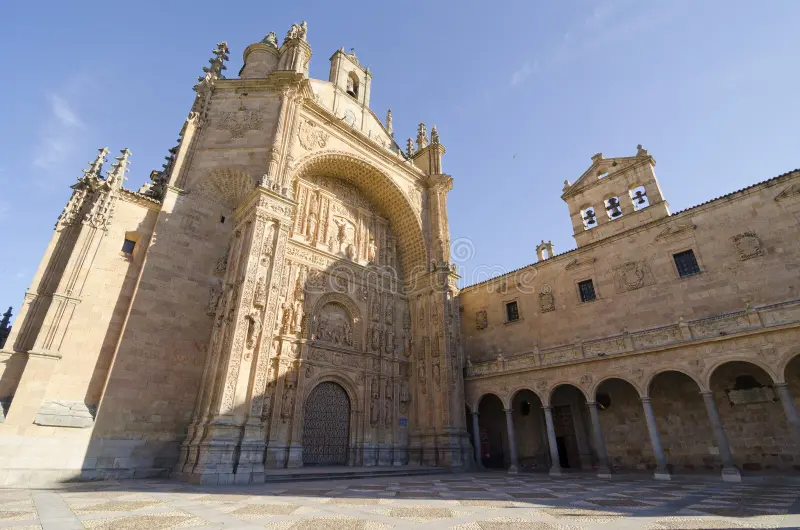
Convent of San Esteban
Convent of San Esteban It is a Dominican monastery. Its construction was carried out at the turn of the 16th and 17th centuries. It is in the Gothic style, but its decoration is Platteresque-Baroque. The building has three cloisters; the most interesting is the king.


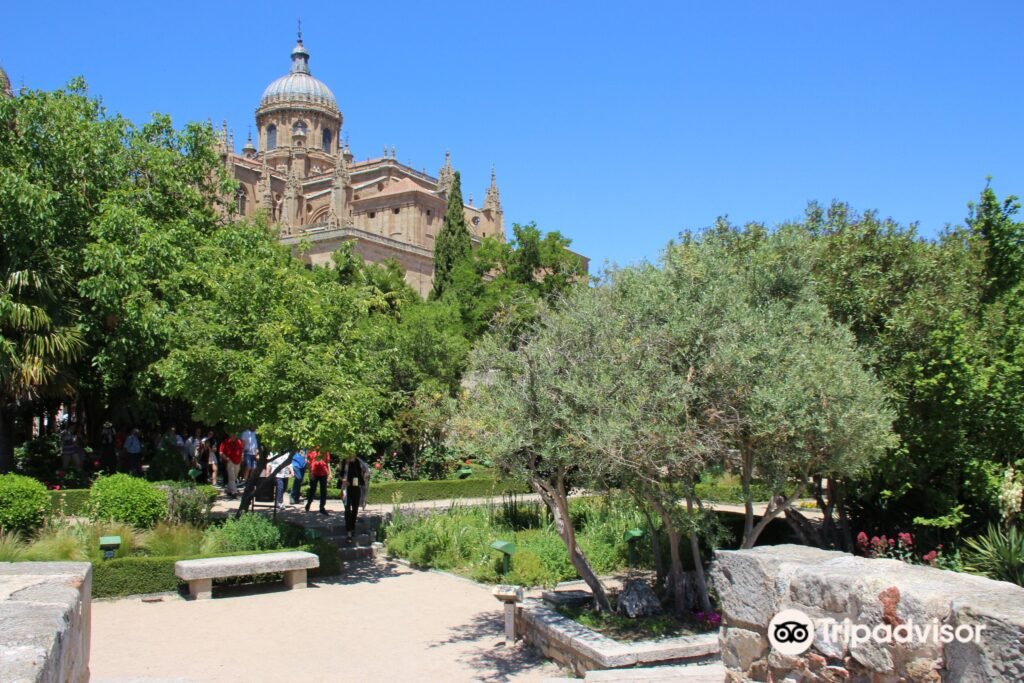
Huerto de Calixto y Melibea
Huerto de Calixto and Melibea The garden occupies a large space reaching up to the Roman wall. From this place, guests can admire the wonderful panorama of the banks of the Tormes River. There is a well in the middle of the garden.
Salamanca, known as the “golden city” of Spain, is rich in architectural and religious culture. Marvel at La Casa de las Conchas (the shell house), which is sure to amaze you.
